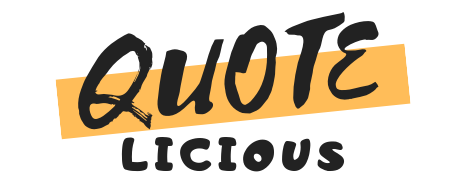Top Education Trends You Need to Know in 2023
The 2020s have been full of exciting new developments in education. From the rise of coding classes to the increasing popularity of adaptive learning, there has been no shortage of change in our schools and universities.
With the help of technology, students easily receive guidance from different sources. Innovation in education technology has made education easier for students.
And while we can’t predict what will happen next year or even this week, it’s still fun to speculate about where education is going. Let’s take a look at some future trends that are going to shape education in 2023.
Textbook-Free Education Is the Future
In 2023, the way we learn is going to be very different. Textbooks will become obsolete. As more and more people use digital resources in their learning, traditional textbooks are becoming outdated. They are expensive and hard to access. Whereas, digital resources are easier to access, cheaper and easier to use on your phone or computer.
Education Is Becoming Personalized
Personalized education will become more common in 2023. It’s based on a student’s needs, allowing each student to choose what they want to learn. Teachers can focus more on their students’ specific needs, so there’s less time wasted on things that don’t interest them or aren’t relevant to their future careers.
Based on this trend, one could find many emerging websites that provide 1:1 tutoring sessions and homework-related help services.
For instance, if you need some help completing your psychology homework, these websites specialize in providing just that help. You only need to write the question you are facing difficulties with, and tada! You will get the answer from the experts themselves. As we saw here, getting homework help could be as simple as that.
Whatever the problem, from homework to tests to clearing conceptual queries, these websites have it covered. As a result, education becomes easier and more accessible for students. This is the reason why it is going to be a well-loved trend in education.
The Rise of Virtual and Augmented Reality in Education
Market research suggests that augmented and virtual reality in the education market will grow at a Compound Annual Growth Rate of 16.2% from 2018 to 2023 and reach USD 19.6 billion by 2023. This means that Virtual and Augmented reality is receiving higher acceptance in the education sector.
Virtual reality (VR) is a modern tech innovation that creates a replica of an environment, real or imagined, and simulates a user’s physical presence in that environment.
It can create a realistic recreation of the world and stimulate your senses with all five. For example, you can use it to experience looking at paintings in museums as if you were there. You can even visit places that don’t exist in real life.
Augmented reality (AR) is similar to VR. But it adds a layer of digital information on top of the natural world through smartphones or tablets instead of creating a new, virtual world.
Why would we want this? Looking at something like a piece of artwork with glasses equipped with AR technology will tell us things about said artwork, like what materials were used when making the painting. That way, we can learn more about art without visiting all these different galleries in real time.
Nano Learning
Nano-learning is a new way of teaching that combines several different learning methods. Nano-learning can be used to teach any subject, from science to history. It is based on the idea that students learn better when they are made to understand concepts in small chunks.
The best part about nano learning is that it takes less time than traditional teaching methods. With nano-learning, you can learn something in 15 minutes or less. Nano Learning helps students get an education without spending hours at school daily, taking notes, and doing homework assignments.
More and More Teachers Will Use Video Resources in Their Classrooms
Video resources are a great way to teach students. Teachers can use them for any subject, from maths to science to history. With video resources, you can do things like:
- Teach your students about anything you want
- Monitor student progress in real-time
- Provide feedback on assignments more quickly
Rise of STEAM-Based Programs
STEAM-based programs are designed to teach students how to apply their knowledge in real-world scenarios. These programs combine science and maths with the arts, technology, and engineering. The acronym STEAM stands for Science, Technology, Engineering, Arts, and Math.
STEAM-based programs are popular in the US, but they’re starting to spread to other countries. The popularity of these types of education systems is seen as one of the most significant education trends we’ll see over the next 5 years or so.
Research also suggests that the global STEM education in the K-12 market is expected to grow at a compound annual growth rate (CAGR) of 14.6% from 2022 to 2030.
This type of curriculum emphasizes project-based learning, where students use design thinking or design to approach problems rather than merely memorize facts. This helps develop problem-solving skills, which will be helpful later when these same students enter higher education courses.
Conclusion
The education sector is constantly changing, and technology is definitely going to be the biggest agent of these changes. The way we perceive education today will be so different from how it will be ten or twenty years later. It’s important to keep up with these changes to get the best possible learning experience for yourself.







